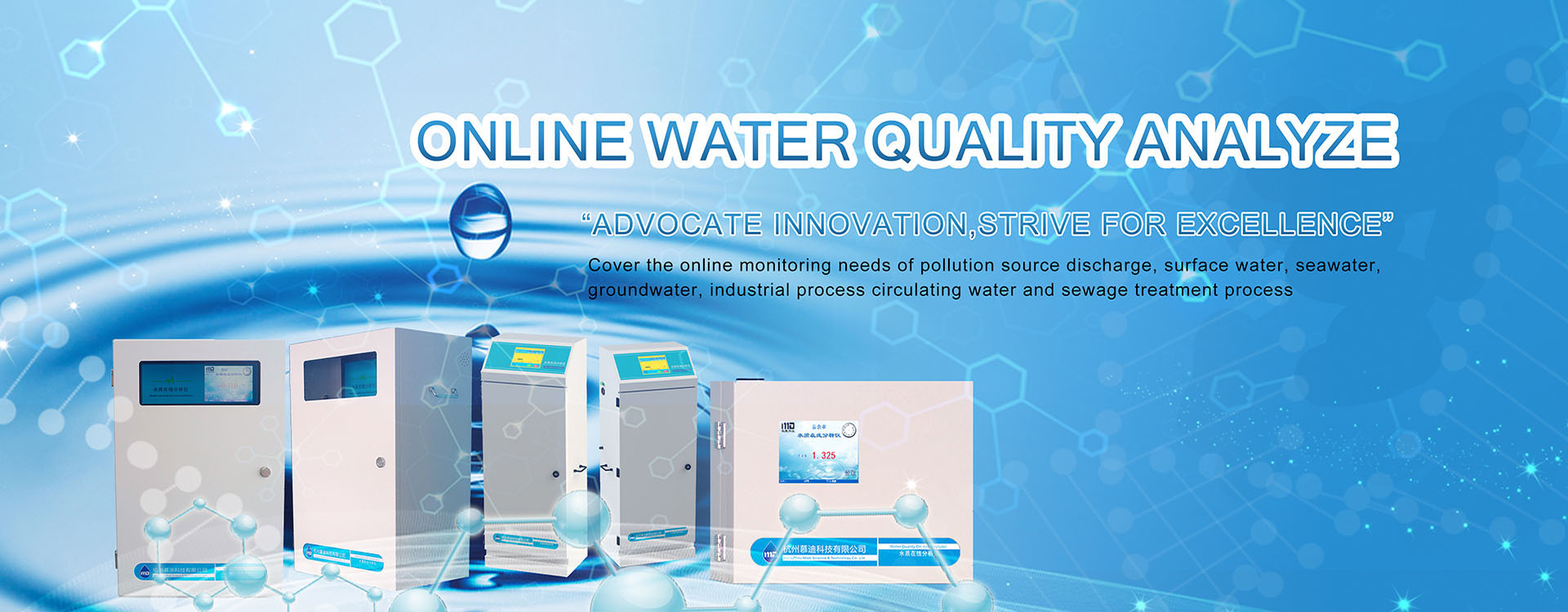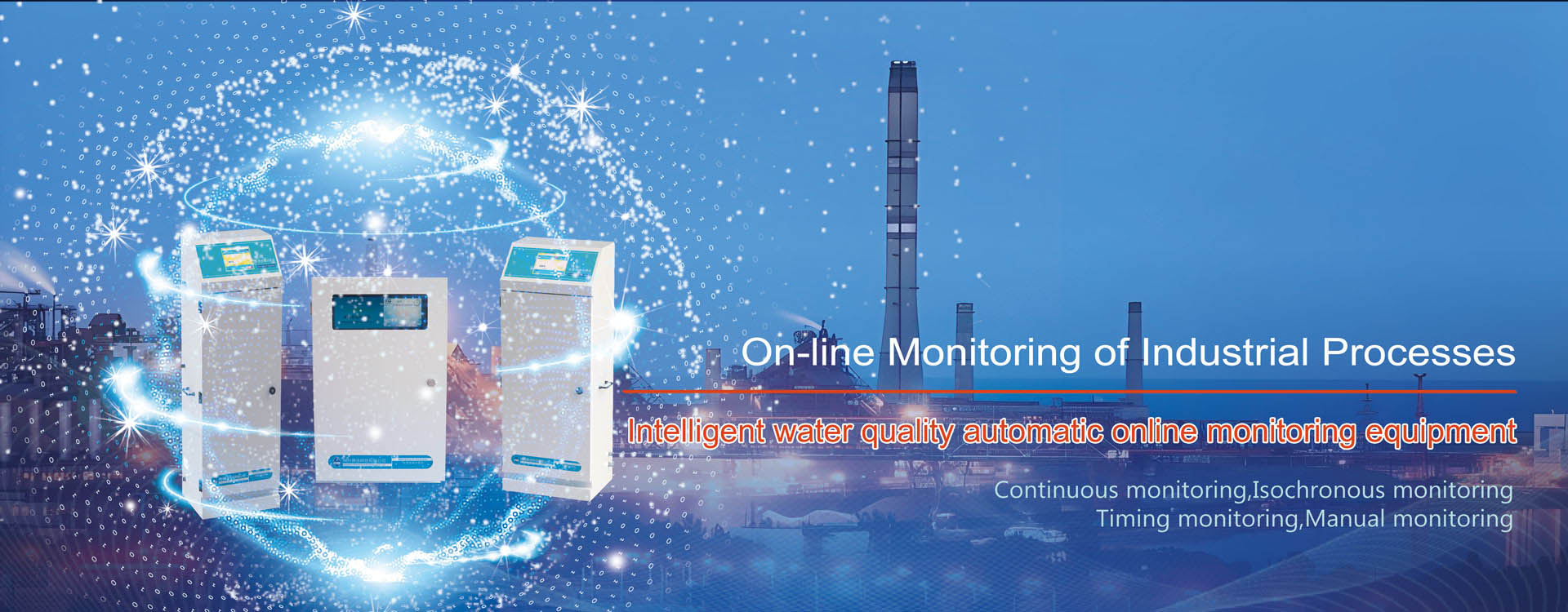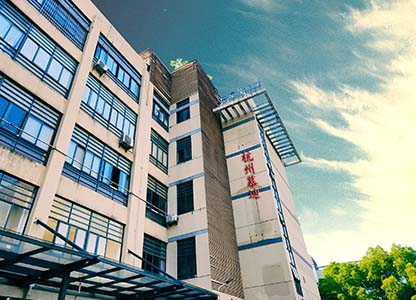In the treatment process of printing and dyeing wastewater, the color of the dye wastewater depends on the different water quality. The darker the color, the higher the concentration of the dye. Therefore, the concentration of the dye is also an important indicator for wastewater monitoring. So what methods can be used for monitoring? Please read on for the specific situation! It can be divided into the following types:
Fluorescence Analysis Method
This method can only analyze dyes that emit fluorescent color after being exposed to ultraviolet light. Once the situation turns gray, the concentration of the fluorescent substance of the sampled variety is determined by the standard working curve rule. That is, after the standard substance and the sample undergo the same treatment, they are prepared into standard concentrated solutions. The fluorescence intensity of these concentrated solutions after being exposed to ultraviolet light is measured. The working curve is plotted using the fluorescence intensity and the standard concentration as the graph. Then, the fluorescence intensity of the sample is measured, and the concentration of the dye in the sample taken is calculated based on the working curve.
Spectrophotometry
This method can be said to be a relatively common one. It utilizes a spectrophotometer to measure the absorbance of the dye solution and then calculates the concentration of the dye solution based on Lambert-Beer’s law.
Chromatographic Analysis Method
Integrating separation and detection into one is also a relatively common chemical analysis method. Its working principle is to utilize the fact that different substances have different distribution coefficients in the two phases. However, when they are in relative motion, the dye components in the sample are repeatedly distributed in these two phases, thereby separating various dye components in the sample. Their solubilities are determined by a UV analyzer.
With the continuous progress of society, we have gradually evolved from sampling and testing to real-time online water quality monitoring. This enables online supervision and promotion of enterprises to fully implement clean production, thereby beginning to prevent pollution.
At present, environmental monitoring work is still at the stage of end-of-pipe treatment. Generally speaking, samples are taken and tested wherever there is a pollution incident. Environmental monitoring is in the stage of passive pollution monitoring. To truly achieve real-time online water quality monitoring, a gradual process is still needed. The most fundamental purpose of implementing online water quality monitoring is to promote enterprises to fully implement clean production through online supervision. We must reject pollution from the source.




